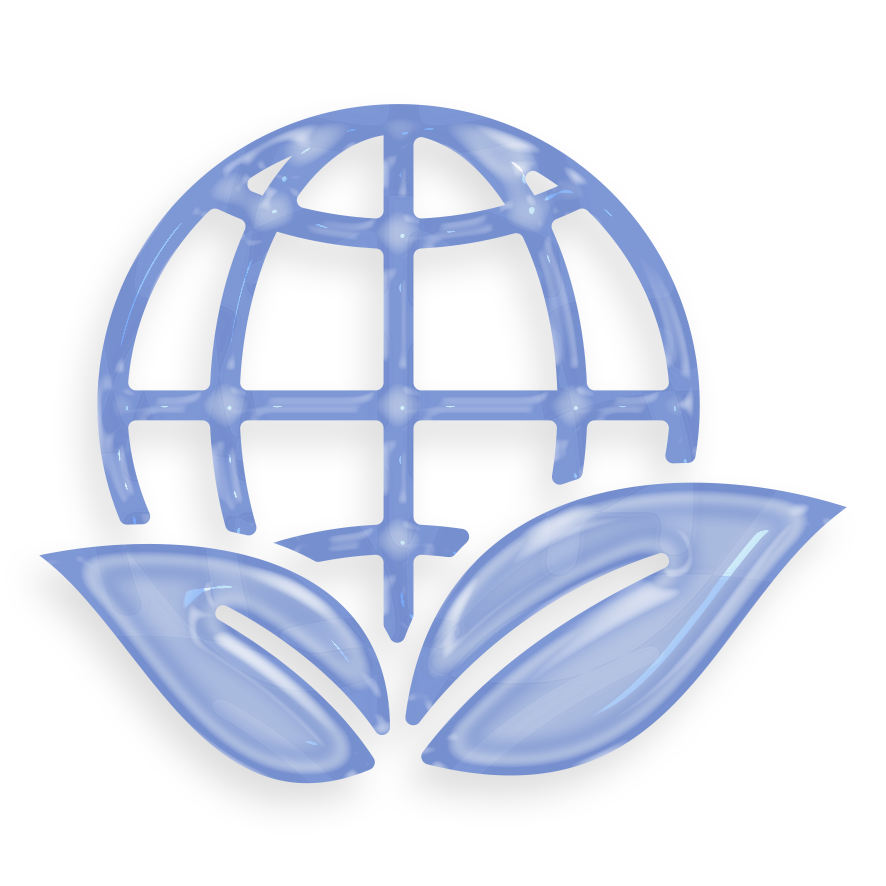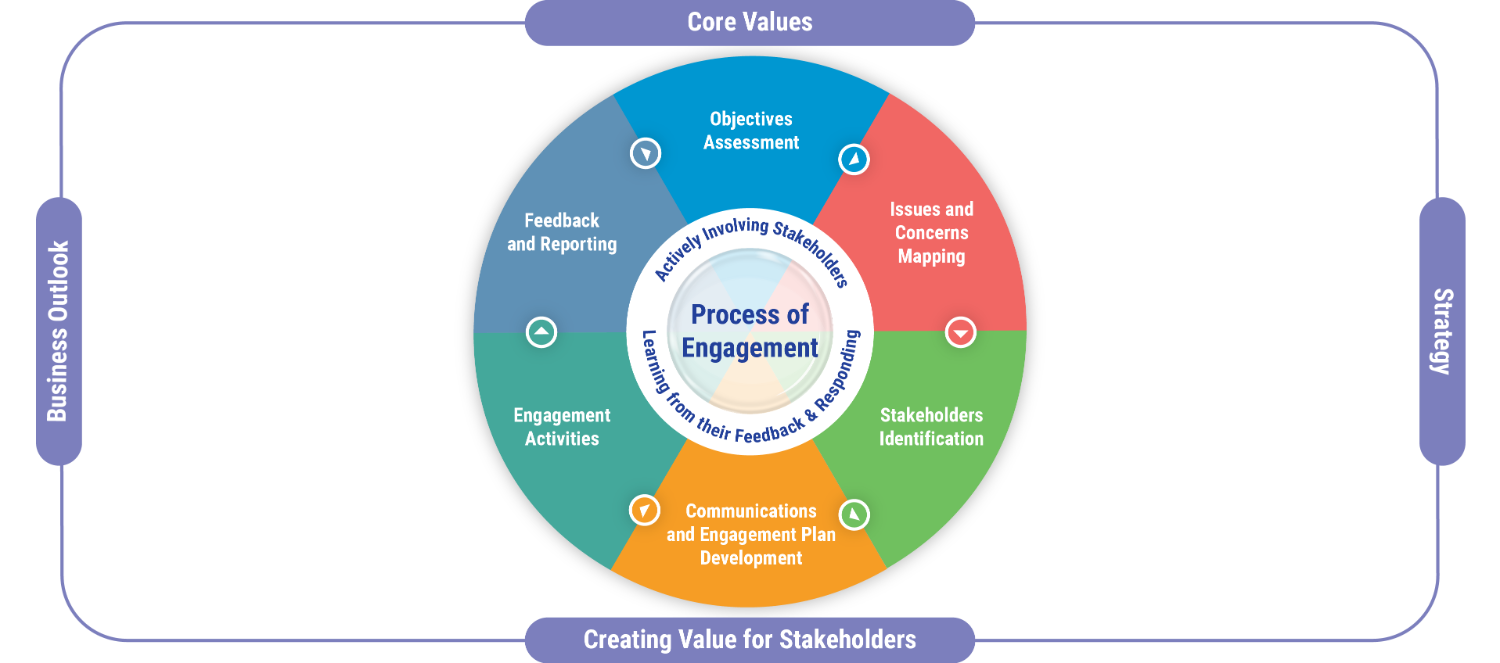 Capital providers (including lenders, investors and shareholders) | Impact of macroeconomic events and impact of interest rate hikes on liquidity, financing strategies and risk management Cash flow, financial and debt management, capital structure, dividend policy, dividend prospects, and credit ratings Progress of decarbonisation and CLP Climate Vision 2050 Approach to phasing out coal, replacement strategy, capital allocation and business opportunities Adoption of new technology to achieve net zero 2024-28 Development Plan for Hong Kong business Partnership plans for EnergyAustralia, impact of market volatility and government intervention for the business Pace of renewable energy investments in Mainland China Apraava Energy and progress of partnership with CDPQ Board refreshment and diversity Nature, human rights and just transition
| Annual General Meeting Annual and Interim Results Analyst Briefings and webcasts Corporate reports CLP Investor Relations App Climate Action Finance Report Announcements, circulars, presentations and media releases Direct engagement in form of bank and investor meetings, conferences, site visits, briefing calls and non-deal roadshows Investor Relations mailbox Outreach engagement following release of CLP’s updated Climate Vision 2050
|
 Customers (including residential, commercial and industrial customers, electricity boards and grid companies) | Energy prices, tariff adjustment and tariff rebate schemes Energy efficiency, demand side management and renewable energy offerings to customers Energy reliability and availability Customer experience Customer privacy
| Working groups, e.g. Customer Consultative Group, local customer advisory committees and small and medium enterprise (SME) consultative groups Customer Service Centres, Customer Interaction Centre and online service portals Customer satisfaction surveys, feedback forms and personalised communications through account managers Participation in government schemes
|
 Our people (including employees and contract staff) | Performance in health and safety Employees’ health and wellbeing, in particular during the COVID-19 pandemic Competitive remuneration and benefits Career development opportunities Gender diversity and equal opportunity
| Employee engagement and safety culture surveys Feedback channels (including online forms, suggestion boxes, townhall meetings, regular roadshows) Employee newsletters, broadcasts, intranet, internal webinars Discussion with trade union representatives in locations where collective bargaining power is recognized
|
 Partners (including governments, regulators, suppliers and contractors) | Hong Kong – Scheme of Control Agreement, tariffs, environmental performance, reliability and safety and long-term decarbonisation strategy
Mainland China – Carbon emissions, safety, reliability and emergency readiness Australia – Fuel prices reasonableness and price caps in fuel supply, direct rebates for customers, system security, carbon emissions and offsets, renewable energy, modern slavery
| Regular working group meetings and performance reporting Written responses to public consultations and direct liaison with governments, regulators and relevant parties Engagements and site visits for understanding CLP’s decarbonisation strategies
|
| Regular supplier management meetings and engagements Safety workshops to engage contractors to uplift their safety awareness and capability Periodical supplier performance evaluations Regular risk and resillience review of key suppliers' supply chain risks
|
 Community (including community groups, legislators, NGOs, industry and professional organisations, and academia) | Community engagement and investment programmes related to education, empowerment of women, healthcare access, poverty alleviation, social inclusion, diversity and eliminating energy poverty Employment opportunities, particularly for young people Carbon neutrality by 2050, future fuel mix and development of future electricity market Supply reliability, responses to incidents, fuel cost and tariff level Responses to social incidents and public sentiment and CLP’s role as a corporate citizen Assistance to people in need and to different community sectors during the economic downturn and COVID-19 Progress on key green infrastructure projects Energy efficiency and conservation, popularisation of electric vehicles and development of the green economy
| Working committees, advisory committees, panels and meetings Community investment programmes and volunteering services Community perception surveys Awards and scholarships Seminars, lectures, workshops and online classes Promotion through mass media and social media (including educational videos) and virtual events One-on-one meetings and visitations Engagements and site visits for understanding CLP’s decarbonisation strategies
|






